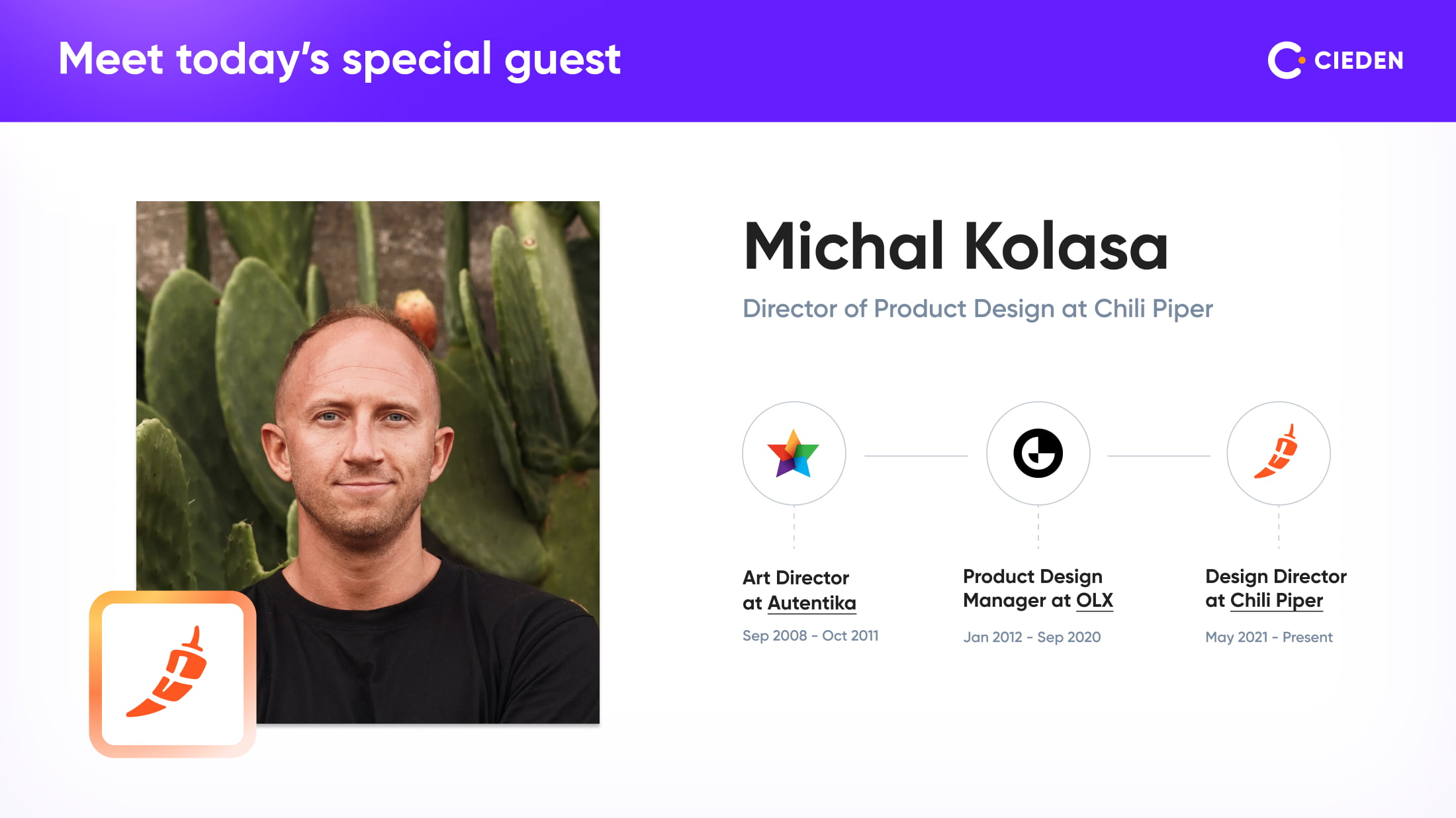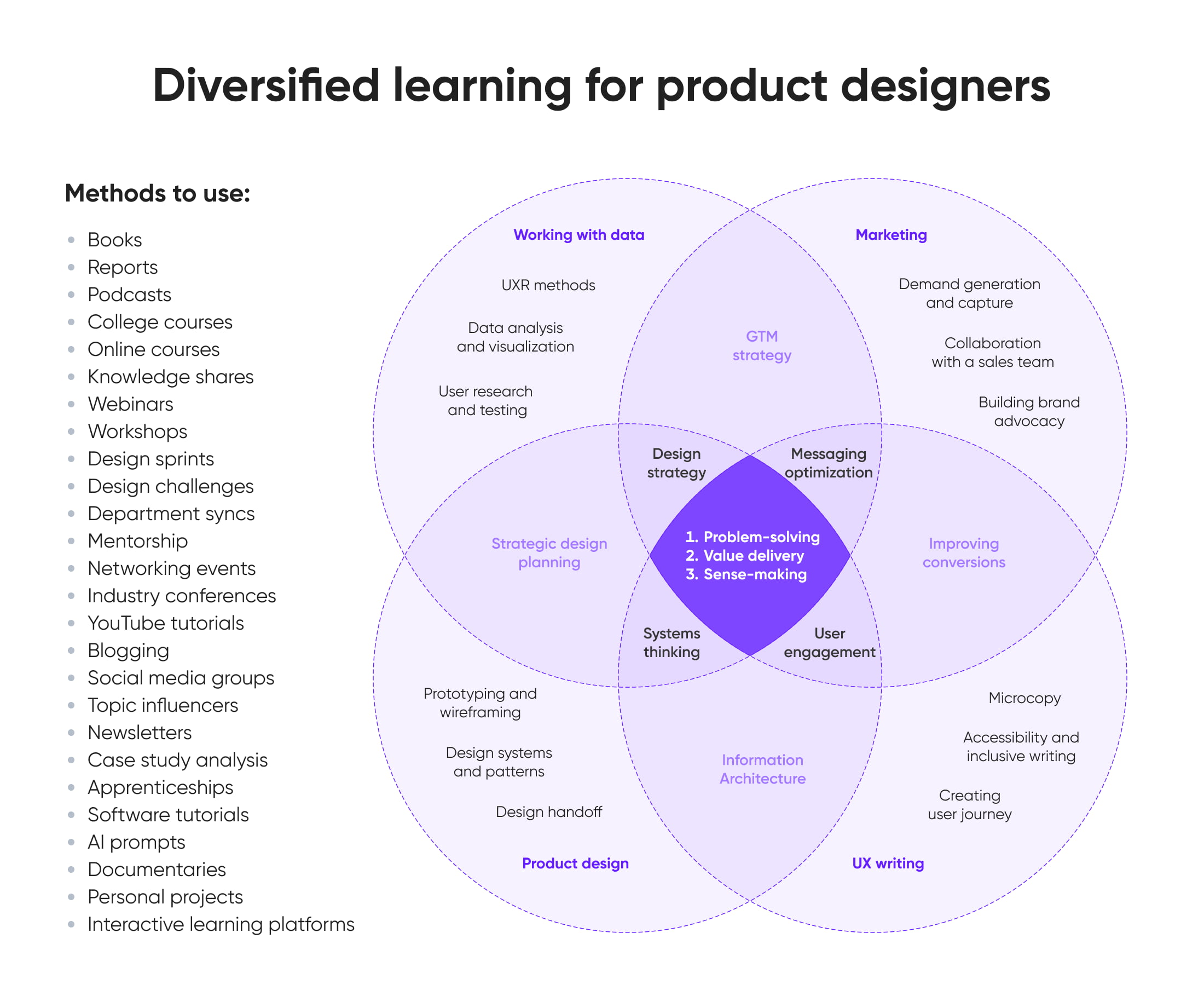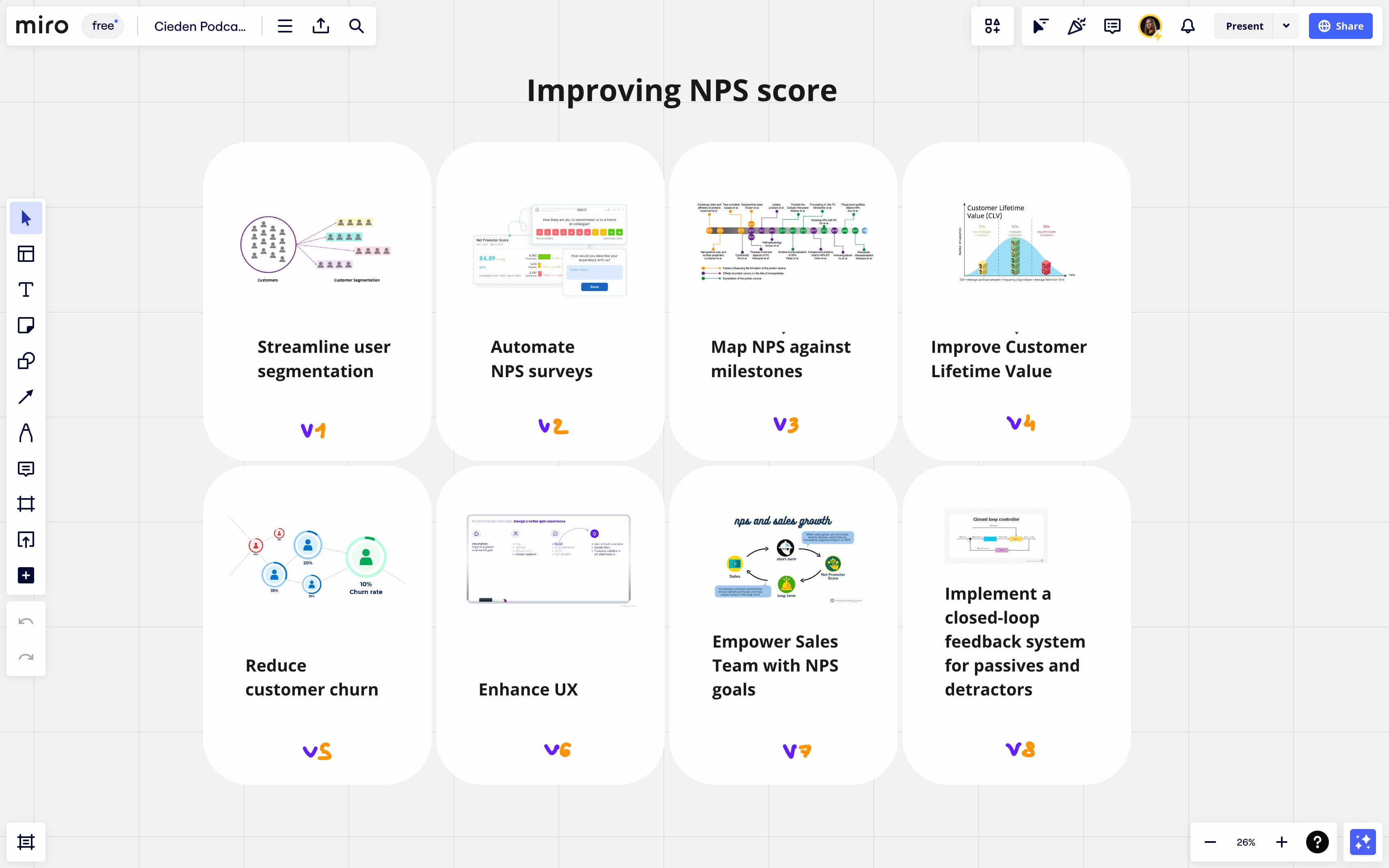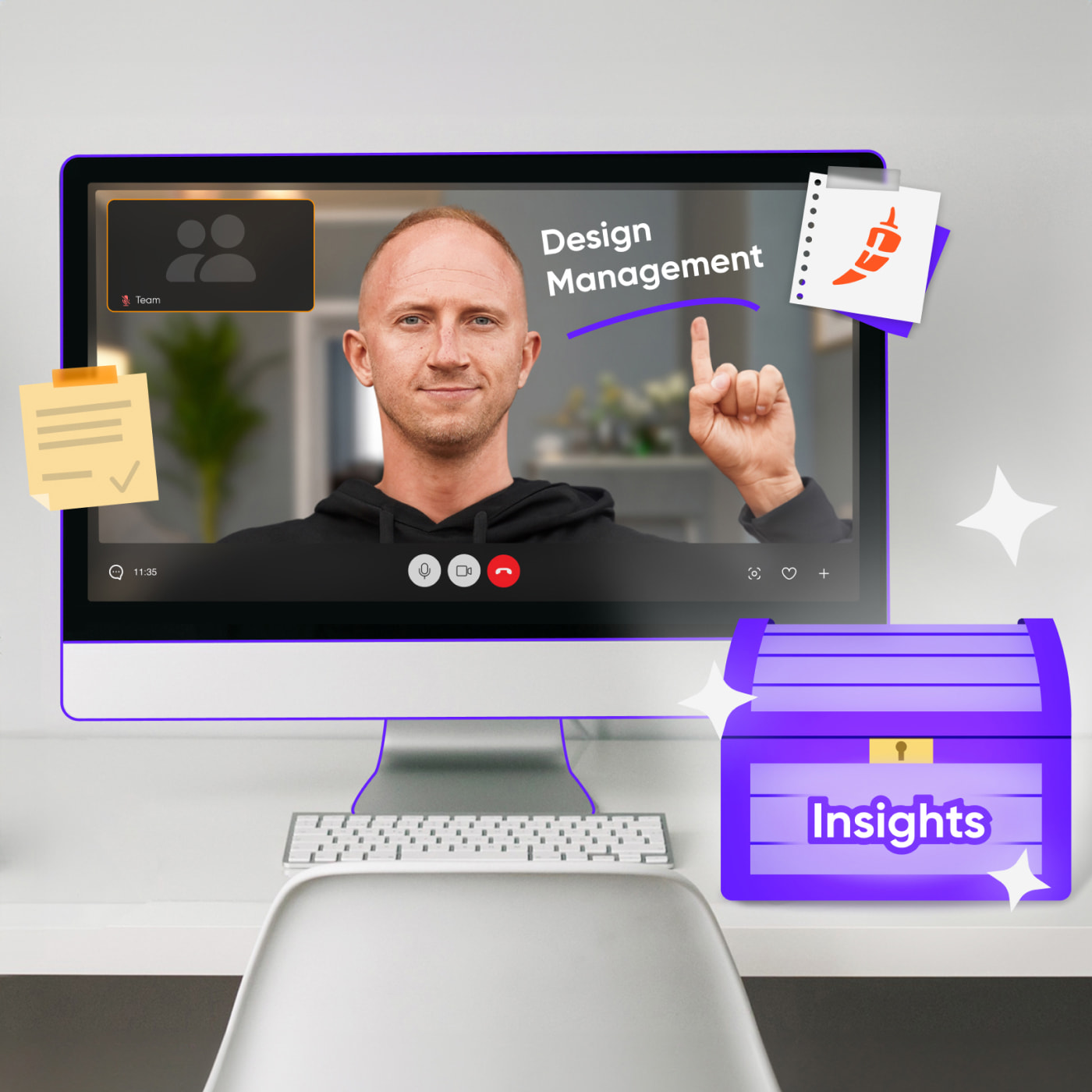How many times have you needed to prove that design drives business results while battling the perception 'it’s just about aesthetics'?
Michal Kolasa, Director of Product Design at Chili Piper, broke this cycle by leading a platform redesign that contributed to $40M in revenue by 2024.
Below, he shares the design management strategies that helped his team demonstrate that great design isn’t just beautiful—it’s profitable.
Background on Michal
With a 20-year journey through the design world, Michal Kolasa has made a mark from OLX Group to Chili Piper, a startup valued in the billions. Leading a team of 10 designers, Michal has been instrumental in Chili Piper's growth, evidenced by over $40M in ARR.

5 Tips on how to manage a design team successfully
Tip 1: Your idea matters even if competitor copy it
As a designer, it can be somewhat disheartening to witness a competitor launch a product that closely resembles your vision. However, it is essential to recognize that the value of your idea is still not lost.
In B2B software, numerous factors contribute to the decision-making process, including consolidation, which is beneficial for both the company and its customers. Ultimately, your focus should be on creating products that are not only innovative but also exceptional to use, solving meaningful problems for customers.
Tip 2: Showcase strategic value in your org
UX/UI designers are still often seen more as artists than as specialists responsible for solving user challenges and improving product strategy. This perception persists because the outcome of our work is primarily visual. Depending on the company you are in, if you don't allow people to see the process between identifying the problem and the visual output, you will struggle to move past this focus on the visual aspect.
In our case, we have previously set the stage and enabled the organization to recognize the value that design brings, reducing the need to justify our worth. It's on all of us to ensure that everyone understands the true nature of our work and how we want to operate, making it easier to succeed in our roles and within the company.
Tip 3: Maintain hands-on skills while leading
Because of budget constraints, companies are moving into having leaders who are also operators, and that's also my situation. I still design in one of the areas of Chili Piper. That's challenging, yet it keeps me very grounded in what my team is facing and how I can support and enable them on a daily basis. I foresee this becoming the prevailing trend for companies. Instead of having managers solely focused on managing, they will also be expected to take on operational responsibilities.
Tip 4: Encourage diversified learning
Remember when Google required their employees to dedicate 20% of their time to pet projects and exploration? This approach was integral to the development of many of their core products, such as Gmail and Google Maps.
I believe there is significant value in allowing individuals the freedom to experiment, whether it involves visual design, micro-interactions, or pursuing courses that may not seem directly related to their daily tasks but can enhance their skill set and contribute to business strategy.

As a company, we have made substantial investments in initiatives such as the Development Stipend, which provides individuals with a budget to pursue their personal and professional growth goals.
Tip 5: Use Crazy 8s as a design method

I love Crazy 8s as a design method. While it may be challenging for others to engage in a workshop setting and ideate freely, it's a great practice for a designer to explore various solutions.
Sometimes, a simple, well-outlined problem can be solved quickly. However, in more complex cases, it's important to consider multiple solutions. They can be equally valid. This is where you bring them to the team and have constructive discussions on the divergent solutions while aiming to address the same problem.
The most valuable skill lies in being able to articulate the differences between solutions and make informed decisions. Engaging the broader team not only involves them in the decision-making process but also provides insight into our approach to idea generation and problem-solving.
More insights from Michal
For additional design project management insights from Michal, tune in to the full episode of Cieden Podcast.


